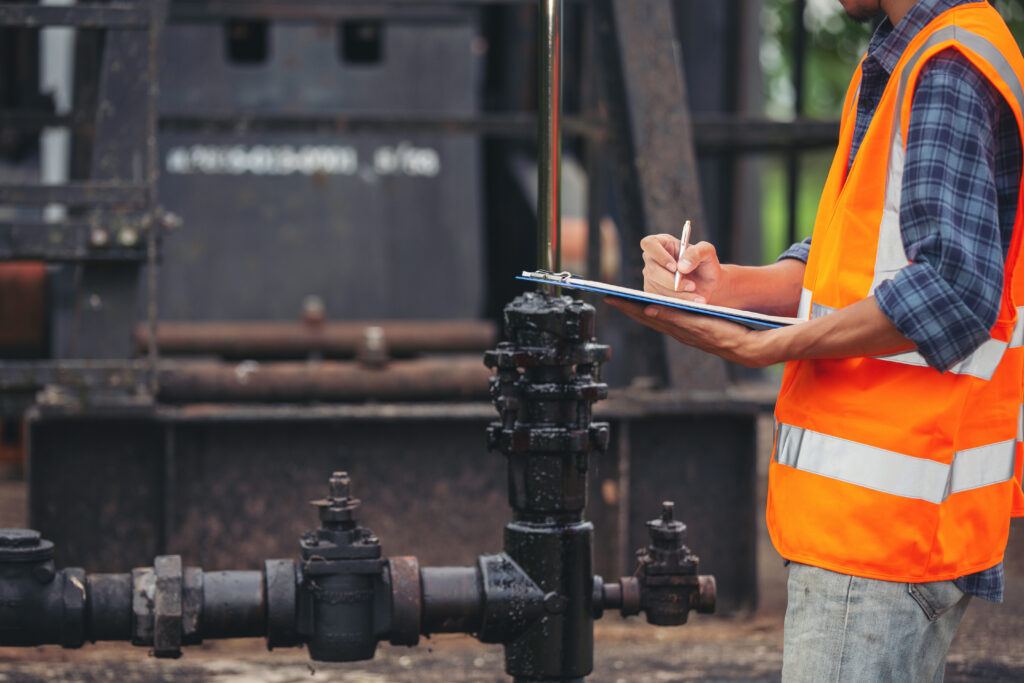Water flow meters are vital instruments used in various industries and applications to measure the volume or rate of water passing through a system. From municipal water supplies and irrigation systems to chemical plants and HVAC installations, accurate flow measurement is crucial for process efficiency, regulatory compliance, and cost control.
However, like any measuring instrument, water flow meters can drift from their original calibration over time due to factors like wear and tear, environmental conditions, or contamination. This makes calibration of water flow meters not just a recommended practice, but an essential one.
In this article, we explore what calibration entails, why it’s important, the methods used, and best practices for maintaining accurate water flow measurement systems.
What is Calibration?
Calibration is the process of comparing the output of a water flow meter to a known standard or reference to determine its accuracy. If discrepancies are found, adjustments are made to correct the measurement error. This ensures that the readings from the meter reflect true flow conditions.
Calibration does not fix a broken meter; rather, it identifies and adjusts for measurement deviations that naturally occur over time due to usage and environmental influences.
Why Is Water Flow Meter Calibration Important?
1. Accuracy and Reliability
Whether you’re measuring flow for billing, industrial processing, or water conservation, inaccurate readings can lead to financial loss, process inefficiency, or regulatory violations.
2. Compliance with Standards
Industries governed by ISO, EPA, or other regulatory bodies are often required to maintain certified calibration records for their instruments, including flow meters.
3. Preventive Maintenance
Regular calibration can help detect faults, sediment build-up, or sensor degradation early—allowing for preventive action before a full system failure occurs.
4. Optimized Operations
Precise flow measurements help optimize processes such as chemical dosing, energy usage, and water distribution, which improves productivity and reduces waste.
When Should a Water Flow Meter Be Calibrated?
- At Regular Intervals – Typically annually or bi-annually, depending on the industry and criticality of the application.
- After Installation or Repair – Calibration ensures the meter is functioning correctly after being moved, repaired, or replaced.
- When Accuracy is in Doubt – Sudden changes in readings or system performance could indicate calibration drift.
- As Per Manufacturer’s Recommendation – Always follow the specific guidelines of the equipment manufacturer.
Methods of Water Flow Meter Calibration
There are several methods used to calibrate water flow meters, depending on the type of meter and application:
1. Gravimetric Method
This involves collecting water in a tank of known weight or volume over a measured time. The actual volume is compared to the meter reading to determine accuracy. It’s considered highly accurate and is used in laboratories or critical applications.
2. Volumetric Method
Similar to gravimetric, but based on volume instead of weight. Water is passed through the flow meter into a calibrated volumetric tank or pipe, and the readings are compared.
3. Master Meter Method
A certified master flow meter is placed in line with the meter being calibrated. Flow is directed through both meters simultaneously, and readings are compared. This method is commonly used in the field and is efficient for in-situ calibration.
4. Prover Systems
Used in industrial environments, pipe provers or piston provers are advanced systems that measure actual flow volume with very high precision. Often used for large-scale operations such as water treatment plants.
5. Simulated Flow Method
Some electronic and digital meters can be calibrated using software simulators that mimic specific flow conditions. This method is usually used for diagnostic or troubleshooting purposes.
Calibration Procedure: Step-by-Step Overview
- Preparation
- Ensure the flow meter is clean and free from obstructions.
- Stabilize temperature and pressure conditions for consistent results.
- Ensure the flow meter is clean and free from obstructions.
- Reference Setup
- Select an appropriate calibration method and set up reference instruments.
- Ensure all measuring devices are certified and within calibration validity.
- Select an appropriate calibration method and set up reference instruments.
- Test Execution
- Run water through the system at various flow rates (low, medium, high).
- Record readings from both the flow meter and reference device.
- Run water through the system at various flow rates (low, medium, high).
- Data Comparison
- Calculate the error percentage between actual and observed values.
- Determine if readings are within acceptable tolerance levels (usually ±0.5% to ±2%).
- Calculate the error percentage between actual and observed values.
- Adjustment (if required)
- If readings are outside the acceptable range, make adjustments using the meter’s calibration interface or hardware settings.
- If readings are outside the acceptable range, make adjustments using the meter’s calibration interface or hardware settings.
- Documentation
- Record all data, calibration date, technician details, and results.
- Issue a calibration certificate as per industry standards.
- Record all data, calibration date, technician details, and results.
Best Practices for Water Flow Meter Calibration
- Use Certified Laboratories – Always calibrate using ISO/IEC 17025 accredited labs to ensure traceability and reliability.
- Maintain Clean Conditions – Foreign particles or bubbles can affect calibration accuracy.
- Label Instruments Clearly – Mark meters with calibration dates and due dates to avoid overdue usage.
- Keep Detailed Records – Essential for audits, compliance, and troubleshooting.
- Train Staff – Ensure that technicians understand the meter’s functioning and calibration procedures.
Conclusion
Calibrating water flow meters is critical to ensuring consistent, reliable, and accurate water measurement. Whether you’re managing industrial operations, agricultural irrigation, or municipal utilities, a well-calibrated flow meter not only boosts efficiency but also safeguards compliance and cost control.
With evolving technologies and growing emphasis on resource management, regular calibration has become a cornerstone of modern water flow systems. Investing in periodic calibration is an investment in quality, safety, and operational excellence.


